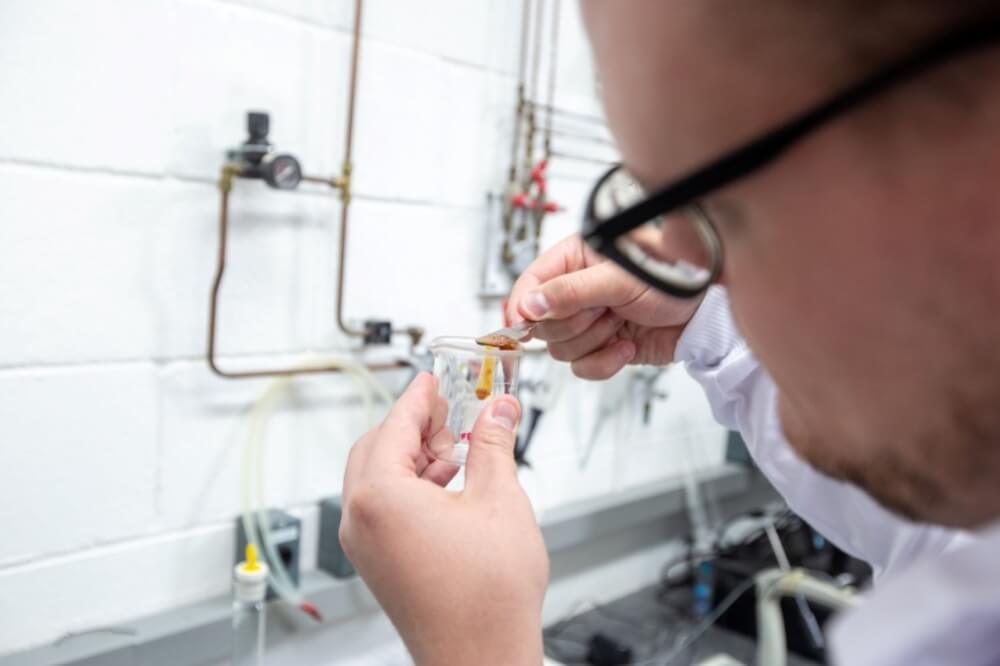
[ad_1]
SÃO PAULO, Brazil — Could a easy citrus rind be the important thing to preserving food fresh for longer? That’s what researchers in Brazil are investigating amid rising issues over the buildup of non-degradable plastic waste.
Scientists from the State University of Campinas’ School of Chemical Engineering and the Institute of Food Technology in São Paulo have developed a movie comprised of limonene, present in citrus fruit peels, and chitosan, a substance derived from crustacean exoskeletons.
“We focused on limonene because Brazil is one of the world’s largest producers of oranges [if not the largest] and São Paulo is the leading orange-producing state,” says Roniérik Pioli Vieira, research creator and a professor at FEQ-UNICAMP, in a media launch.

However, regardless of limonene’s promising antioxidant and antimicrobial properties, its volatility poses challenges for food packaging purposes. Addressing this limitation, the staff turned to a limonene spinoff, poly(limonene), recognized for its stability.
“To solve this problem, we came up with the idea of using a derivative of limonene called poly(limonene), which isn’t volatile or particularly unstable,” Vieira explains.
Chitosan was chosen as the bottom materials because of its pure origins and protecting properties. The mixture, researchers hypothesized, would lead to a movie with superior bioactive traits. Lab checks concerned evaluating various ratios of limonene and poly(limonene) combined with chitosan, given their inherent incompatibility. The staff employed polymerization, utilizing a polar compound, to boost the combination’s cohesion. Analysis of the ensuing movies showcased favorable outcomes.
“The films with the poly(limonene) additive outperformed those with limonene, especially in terms of antioxidant activity, which was about twice as potent,” Vieira experiences.
Besides its potent antioxidant capability, the fabric additionally confirmed potential as an ultraviolet radiation blocker. Despite the promising findings, these movies aren’t prepared for the industrial market. Challenges stay in scaling chitosan-based plastic manufacturing and optimizing the poly(limonene) manufacturing course of.
“Our group is working on this. We’re trying to demonstrate the multi-functionality of this additive, whose origins are renewable,” Vieira concludes, including he’s additionally exploring the purposes of poly(limonene) in different areas like biomedicine.
The research is revealed within the journal Food Packaging and Shelf Life.

[ad_2]
Source hyperlink